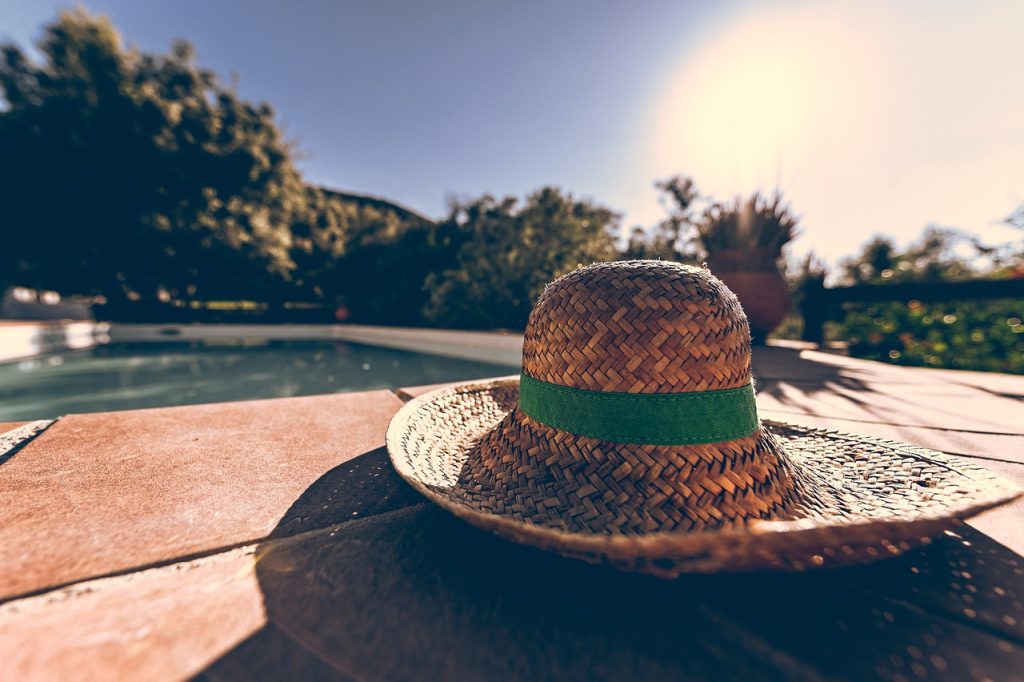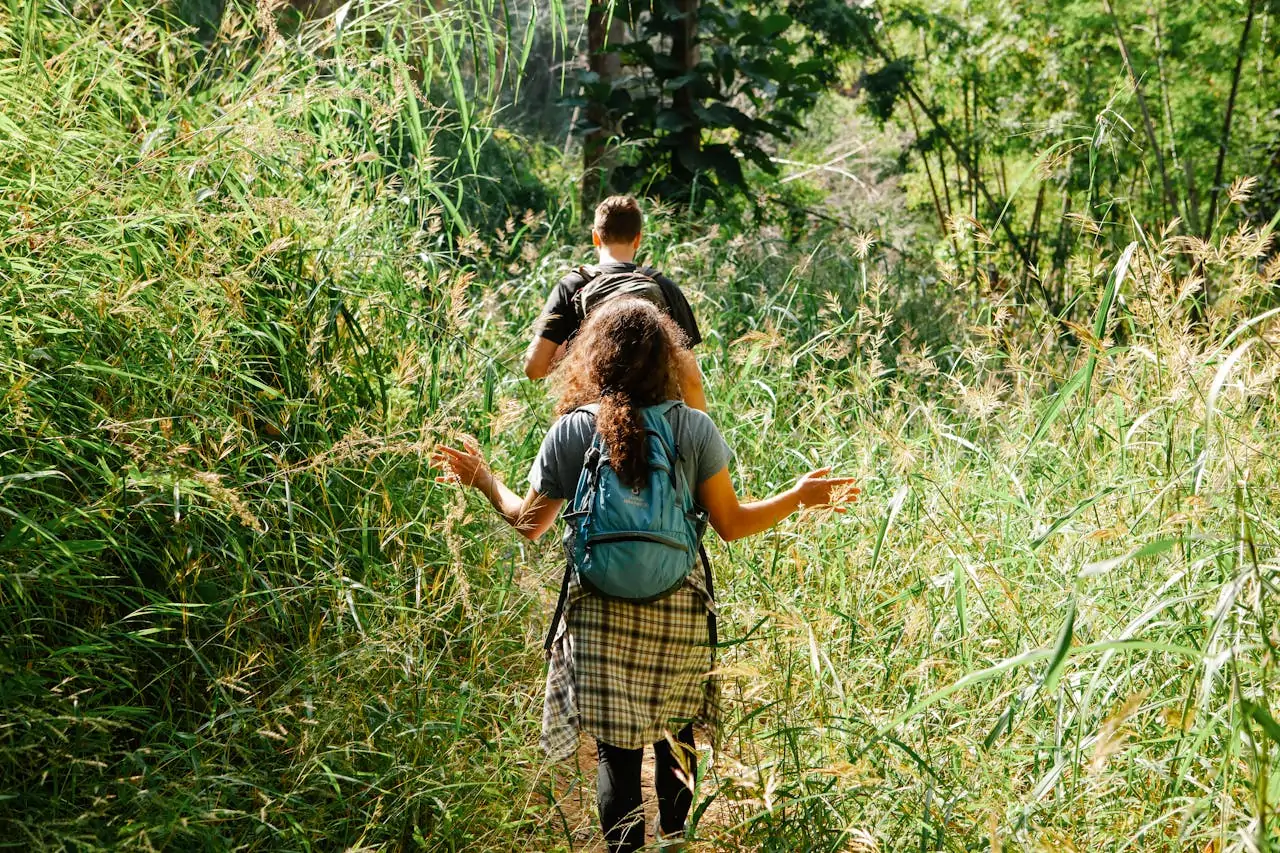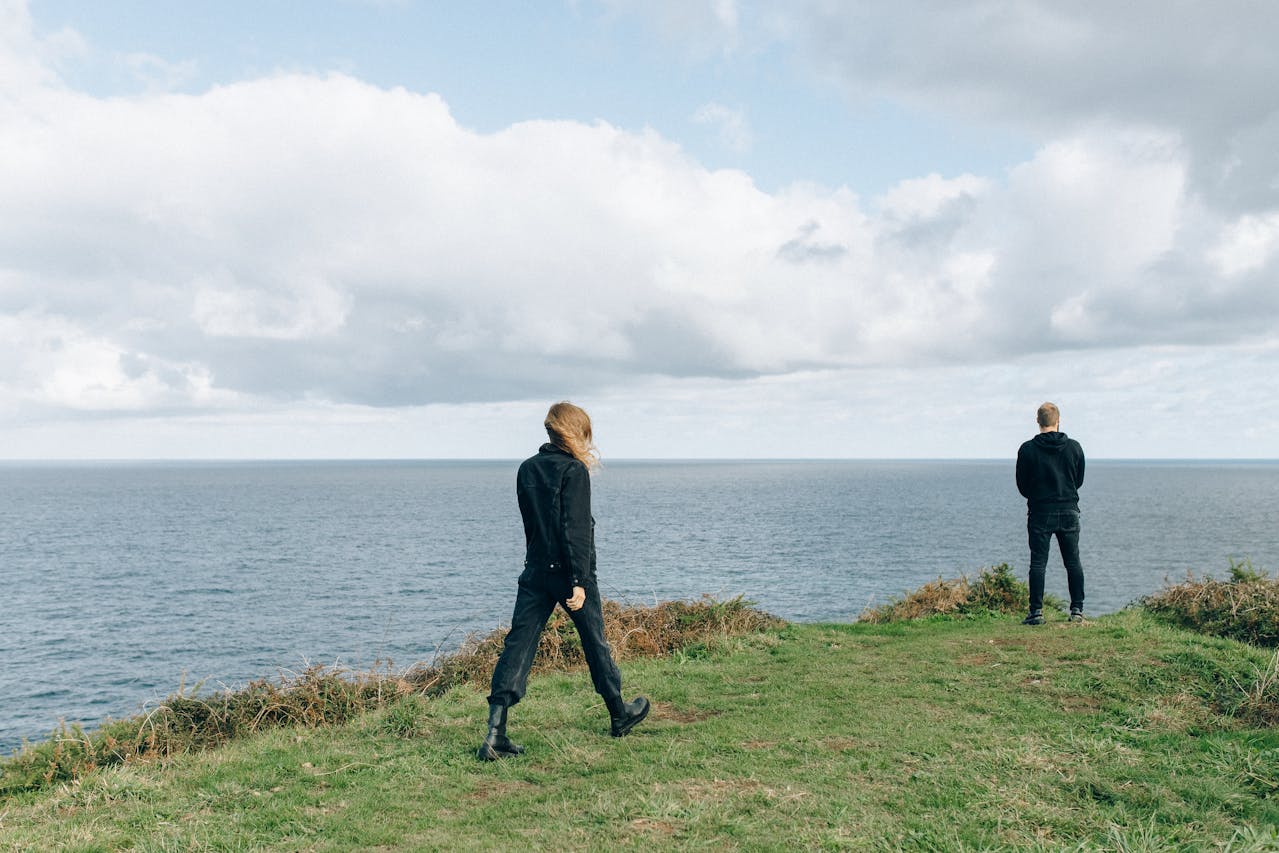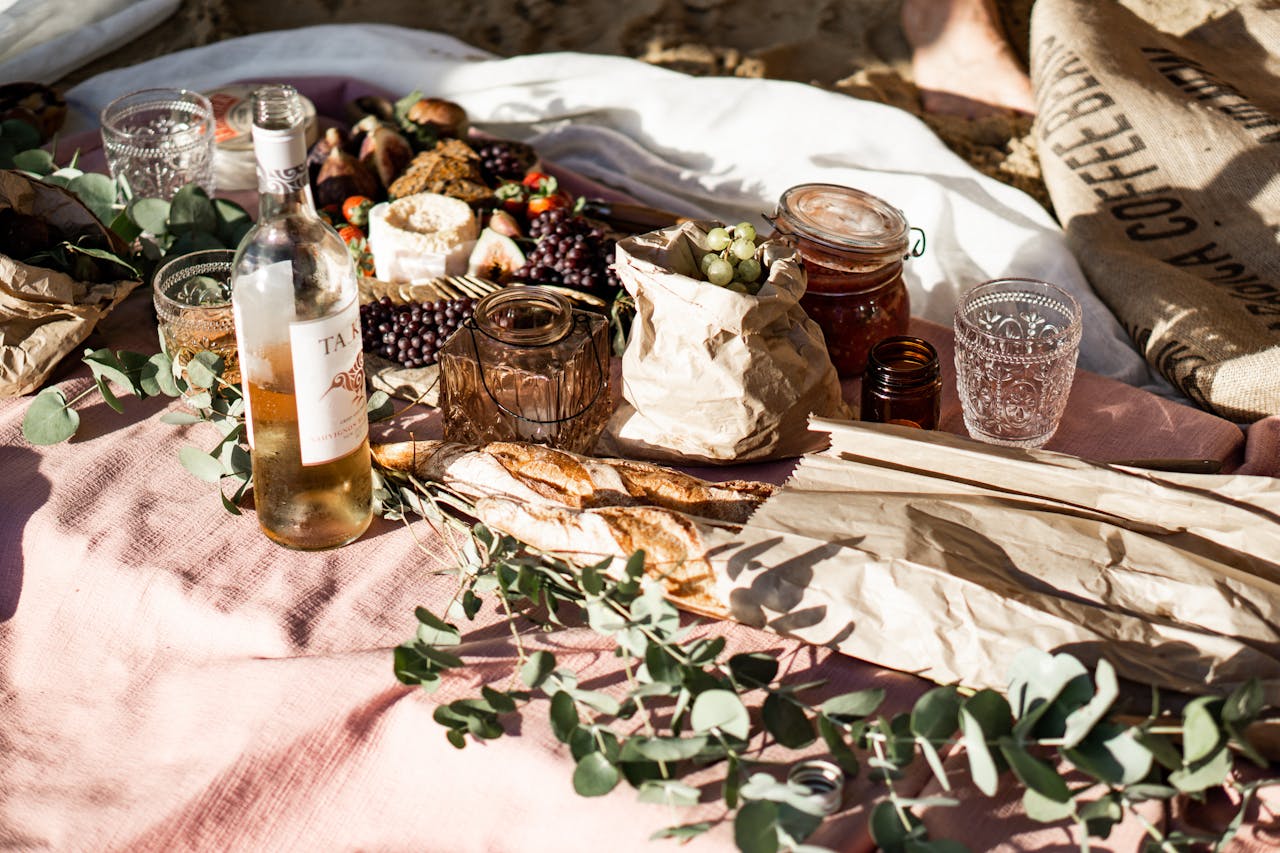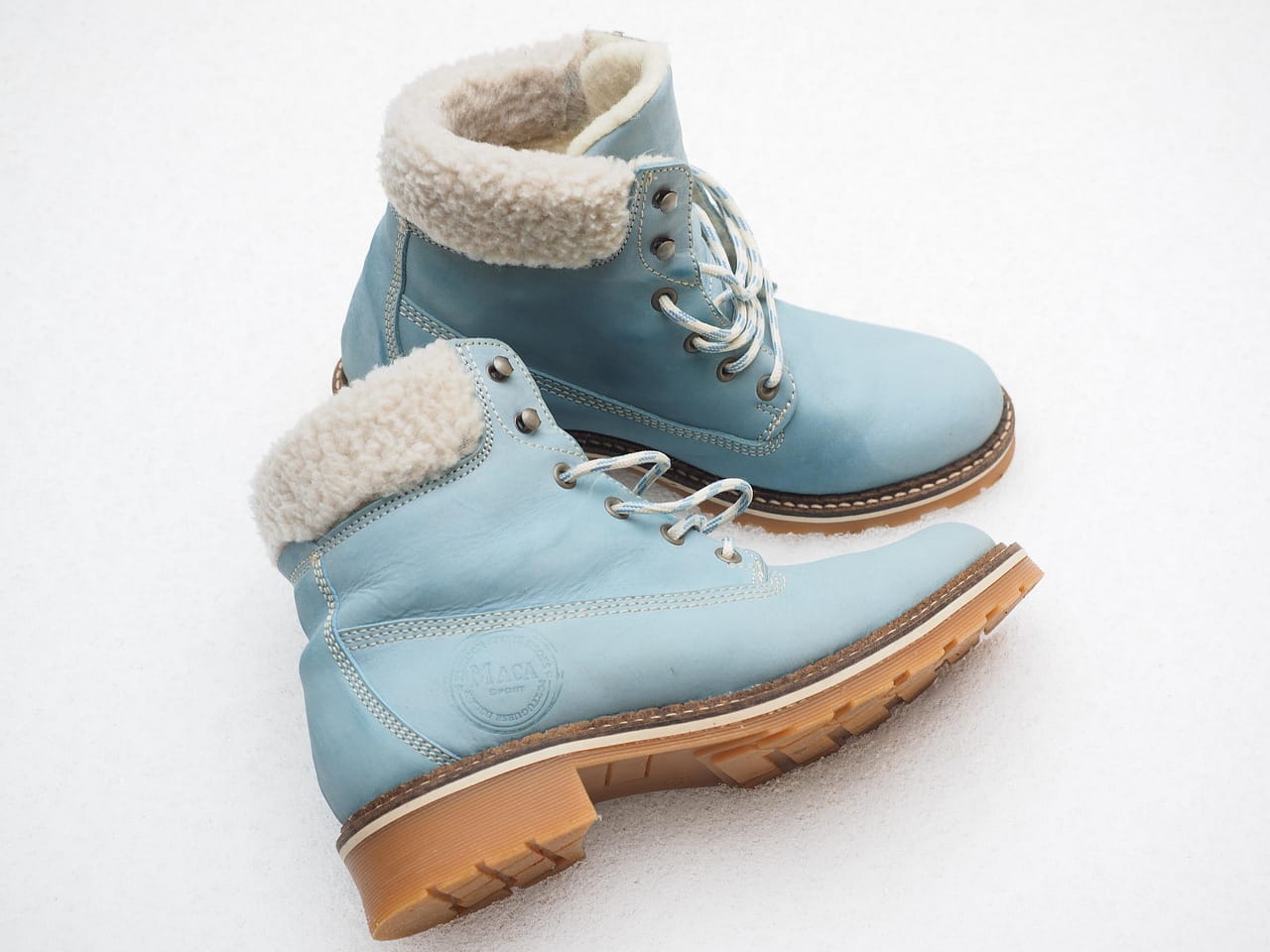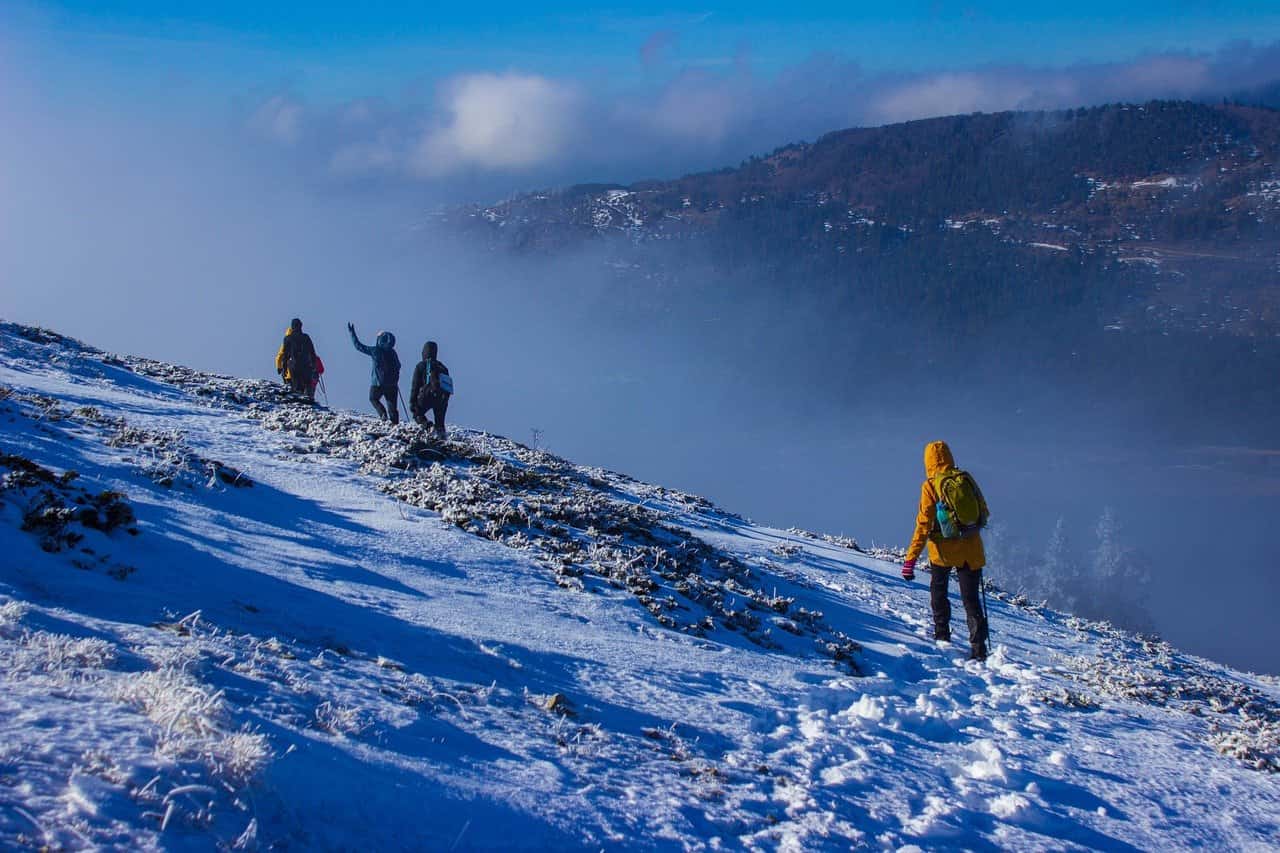Since I spend a lot of time outside, especially in summer, I’ve learned how important it is to protect my skin from the sun. I always wear sun protection clothes and gear when I go for a hike.
But it wasn’t always like this. When I was hiking for the first time, I didn’t always put on sunscreen or wear special clothes to block the sun. Because of that, I now have some sunspots on my face that I could have avoided if I had been more careful.
Now, whenever I go hiking or spend a lot of time outside, I make sure to wear a sun-protective shirt, a hat, and sunscreen. I also take other steps to keep my skin safe from the sun.
In this post, I’m sharing all my best tips for protecting your skin when you’re outside, including the best gear and clothing to use.
Know Before You Go
Not all trails are the same when it comes to how much sun you get. It’s important to know what kind of trail you’ll be on because it affects how you protect yourself from the sun.
For example, hikers on the Pacific Crest Trail (PCT) in the Mojave Desert should expect really hot temperatures, long stretches without water, and lots of sun all day.
On the other hand, hikers on the Appalachian Trail (AT) usually have lots of trees to provide shade.
If you’re hiking in the mountains on trails like the Continental Divide Trail (CDT) or Colorado Trail (CT), you’ll get a lot of sun because there’s less shade and you’re closer to the sun.
Also, if you’re hiking in the snow, remember that snow reflects a lot of sunlight, which can make the sun even stronger and burn areas like your nose, lips, and chin.
Wear a Hiking Shirt with UPF
When picking the best shirts to protect yourself from the sun, it’s better to choose t-shirts that cover your chest, back, and shoulders instead of tank tops that leave more skin exposed.
These days, I like to wear long sleeves because they mean I don’t need as much sunscreen. I always search for shirts made of lightweight, breathable materials that help keep me cool on hot days.
Patagonia Capilene Cool Daily Hoody
This long-sleeve shirt from Patagonia is great because it dries quickly and keeps sweat away from your skin. It has UPF 50+ sun protection built-in, so it blocks a lot of harmful rays.
Even though it’s long-sleeved, it’s super lightweight, so you’ll stay cool even in warm weather. Plus, you can wear it for several days without it smelling bad, and it comes in different colors. There’s also a version without a hood.
Outdoor Research Astroman Shirt:
The Outdoor Research Astroman is my lightest sunshirt, making it perfect for sunny hikes. It has UPF 30-50 sun protection and looks like a regular button-up shirt.
It’s also lightweight and helps keep sweat away from your skin, making it a great choice for staying safe from the sun while hiking.
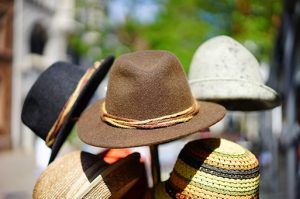
Wear a Brimmed Hat
Sun hats are a great way to protect your face and neck from the sun while keeping your head cool. When picking a sun hat, choose one with a wide brim that covers your face, the sides, and the back of your neck.
My favorite wide-brimmed hat is the Wallaroo Sedona hat. It gives good sun protection and looks nice too. It’s not too floppy, so it doesn’t block your view, and it has a drawstring you can tighten if it gets windy while you’re on the trail.
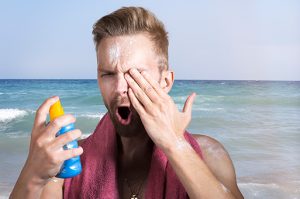
Lather Up with Sunscreen
Along with wearing protective clothing and a hat, it’s really important to put on sunscreen whenever you go outside. I like to use paraben-free sunscreen to avoid harmful chemicals.
If you’re going on a long hike, take a small bottle of sunscreen with you so you can put more on later. It’s easy to forget and only apply it once in the morning, so make sure to reapply during the day.
Don’t forget about your lips! There’s nothing worse than having burnt, cracked, and sore lips after a hike. My favorite is Jack Black Lip Balm with SPF 25. I’ve used it for years, and it lasts much longer than other lip balms I’ve tried.
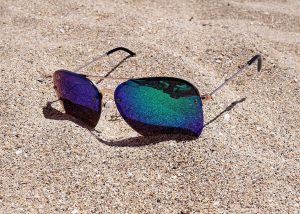
Sun Protection Accessories
You should always wear sunglasses when you hike to protect your eyes. I don’t always remember to do this, but wrap-around sunglasses are great because they also cover the sides of your eyes.
I also always wear a Buff to cover my neck. It can also be used to cover your mouth and nose if it’s dusty, or you can wear it as a headband.
Sunglasses with UV Protection
It’s important to protect your eyes from the sun because too much sunlight can cause eye problems, like cataracts or photokeratitis, which is like a sunburn for your eyes. When you buy sunglasses, make sure they block 99-100% of UVA and UVB rays to keep your eyes safe.
For hiking in snowy areas, glacier glasses are great. They protect your eyes even better from the bright glare bouncing off the snow. Glacier glasses are different from regular sunglasses because they let in less light and have side shields to protect your eyes from all sides.

Sun Umbrella
A sun umbrella has become very popular with hikers, especially on trails in the western U.S. It’s really helpful in places like deserts or high mountains where there’s not much shade.
A sun umbrella has a special surface on the top that reflects the sun’s rays and a material on the bottom that absorbs extra rays, so it helps keep you cool. Some people say it can make it feel up to 15 degrees cooler.
Plus, a sun umbrella can be used for more than just sun protection. At the end of the day, it’s still a regular umbrella that can protect you from rain, hail, and bad weather too!
Sun Gloves
I’ve learned the hard way that having your hands exposed can lead to really painful sunburns. Fingerless sun gloves are a great way to protect your hands from the sun if you don’t like the greasy feeling of sunscreen on them.
Many sun hoodies also have thumbholes that help protect your hands when you use sunscreen. But, most hoodies with thumbholes don’t cover your hands completely on their own, so using sun gloves can be a good addition.
Stay Hydrated
Staying hydrated is always important, especially when you’re hiking in the heat. Being in the hot sun can make you more likely to get tired or dehydrated.
Make sure to bring plenty of water, drinks with electrolytes, and some salty snacks to help you stay hydrated.
Environmental conditions
In certain situations, like when you’re hiking at high altitudes or in snowy areas, you need extra sun protection. If you’re hiking at a high elevation, make sure to wear long sleeves and sunscreen to protect your skin.
When hiking in snow, the sun can reflect off the snow and burn places you wouldn’t expect, like the bottom of your nose! Wear wrap-around sunglasses to protect your eyes from the reflection and keep reapplying sunscreen to your face during your hike. Don’t forget to put sunscreen on the bottom of your nose!

